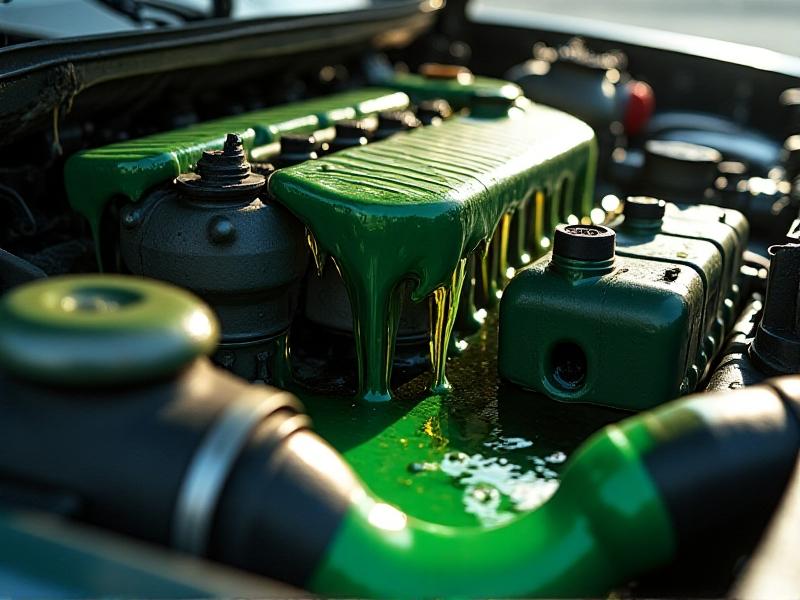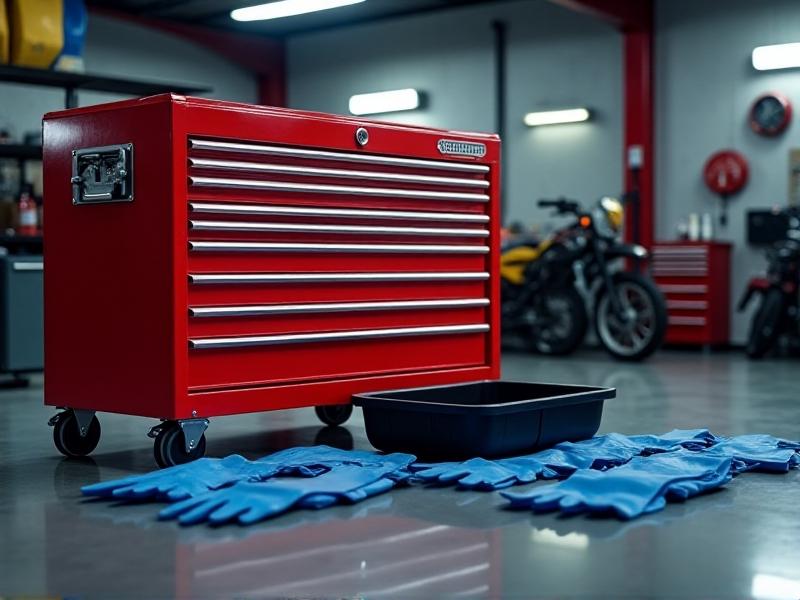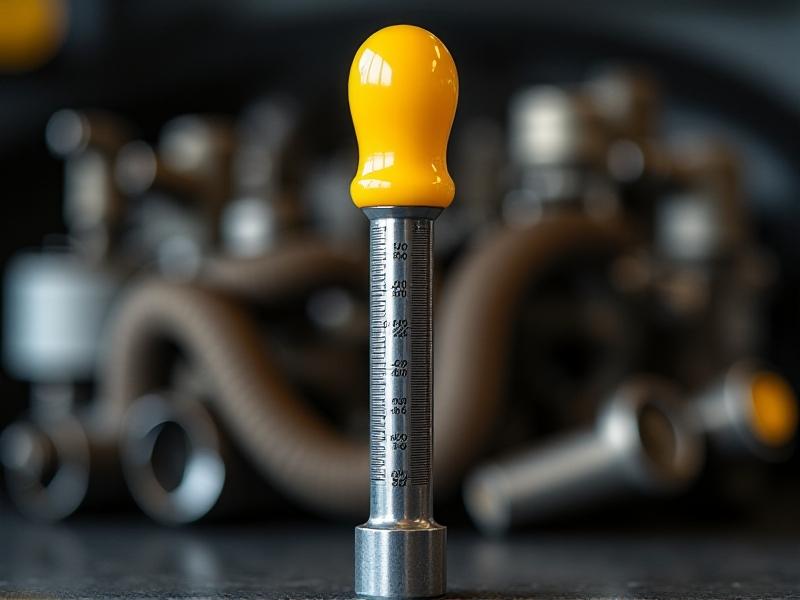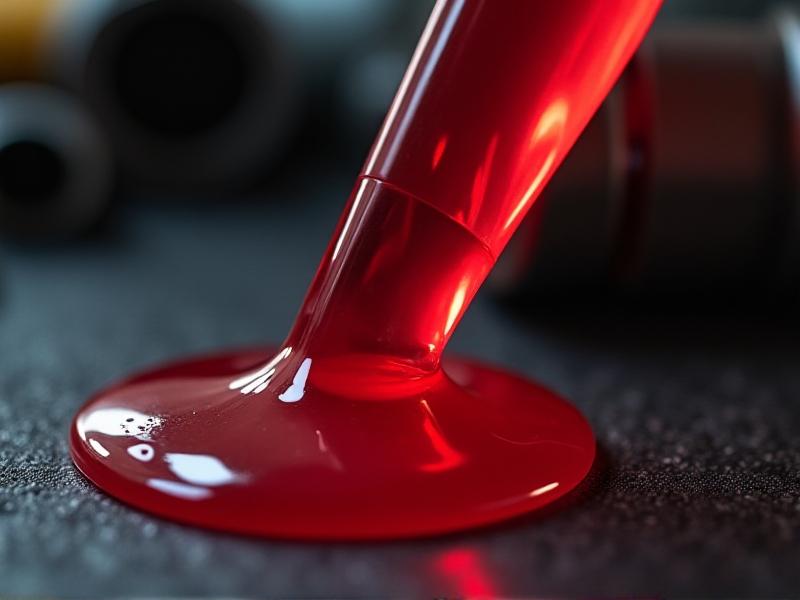```html
The Critical Role of Filters in Everyday Life
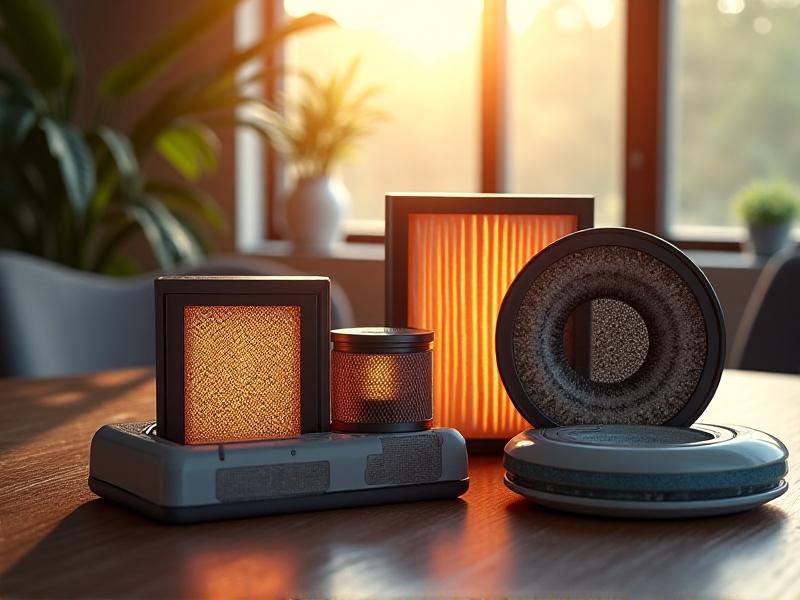
Filters are the unsung heroes of modern living. From the air we breathe to the water we drink, these devices silently remove contaminants, optimize performance, and protect equipment. Their importance often goes unnoticed—until they fail. A clogged HVAC filter can spike energy bills, while a neglected oil filter may lead to catastrophic engine damage. Understanding when to replace different filters isn’t just about maintenance; it’s about health, safety, and financial savings. This guide explores the unique replacement needs of common filters, helping you create a proactive schedule instead of relying on guesswork.
HVAC Filters: Keeping Your Air Clean and Systems Efficient
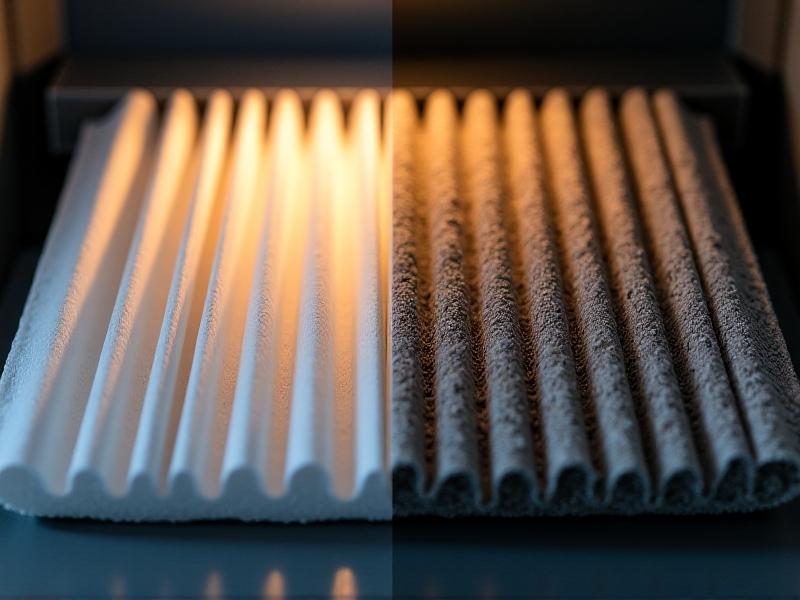
HVAC filters trap dust, pollen, and airborne particles, protecting both your respiratory system and your heating/cooling equipment. Disposable fiberglass models need replacement every 30 days, while pleated filters can last 90 days. Homes with pets or allergy sufferers should lean toward shorter cycles. Warning signs include visible dust on the filter surface, longer system runtimes, or uneven room temperatures. Neglect forces your HVAC to work harder, increasing wear and energy consumption by up to 15%. Always check manufacturer guidelines—high-MERV filters may require more frequent changes to avoid airflow restriction.
Water Filters: Ensuring Safe and Tasty Hydration
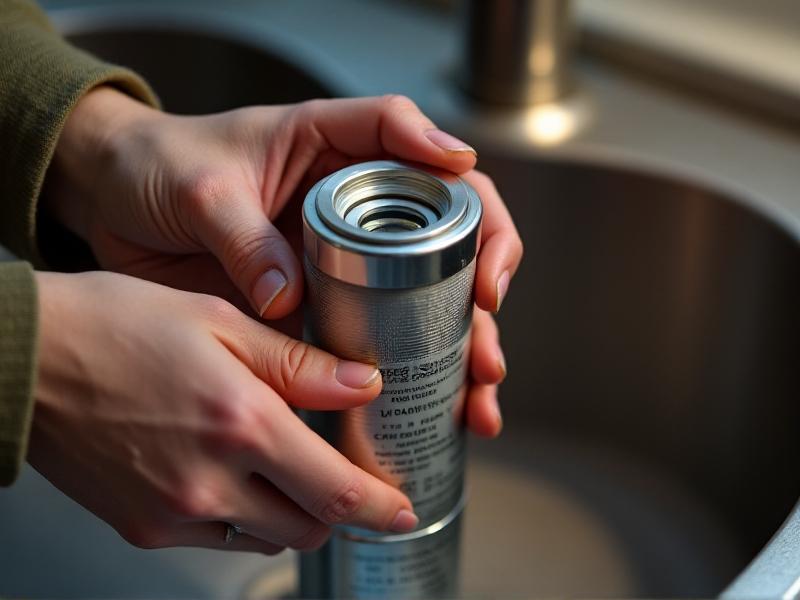
From pitcher filters to whole-house systems, water filters combat chlorine, lead, and microbes. Activated carbon filters typically require replacement every 6 months, while reverse osmosis membranes last 2-3 years. Reduced water pressure or a metallic taste often signals expiration. In areas with hard water, mineral buildup can clog filters prematurely. Always note installation dates—calendar reminders beat relying on taste alone. Postponing changes risks exposure to contaminants like PFAS or bacteria. NSF-certified filters offer reliability, but their lifespan depends on your water’s contamination levels.
Oil Filters: Protecting Your Engine’s Lifeline
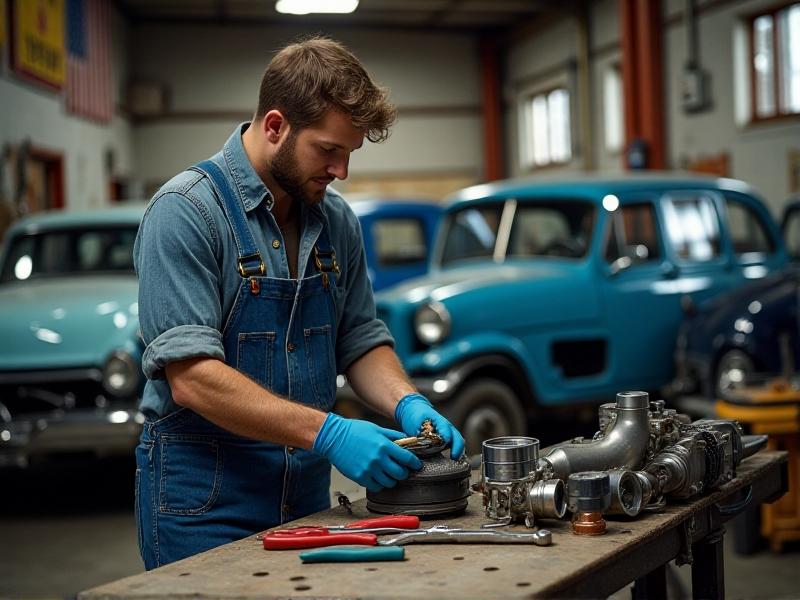
Oil filters prevent abrasive metal particles from circulating through your engine. Conventional wisdom says replace them with every oil change (3,000-5,000 miles), but synthetic oil users can stretch to 7,500 miles. Symptoms of failure include low oil pressure warnings or engine knocking. Bypass valves in quality filters prevent dry starts when clogged, but persistent neglect leads to sludge buildup and accelerated wear. Racing or towing? Halve the replacement interval. Always use filters matching your vehicle’s specifications—wrong sizes or pressure ratings can cause leaks or insufficient filtration.
Air Purifier Filters: Battling Allergens and Pollutants
HEPA filters capture 99.97% of particles above 0.3 microns, including mold spores and pet dander. Lifespan ranges from 6-12 months based on usage and air quality. Smart purifiers track airflow resistance to signal replacements, while others rely on timers. A musty odor or increased allergy symptoms suggests filter exhaustion. Pre-filters (washable monthly) extend HEPA life by catching larger debris. In wildfire-prone areas, replace filters immediately after heavy smoke events. Recycling programs for used HEPA filters are emerging, addressing their bulky, non-biodegradable nature.
Pool Filters: Maintaining Crystal-Clear Water
Sand, cartridge, and diatomaceous earth (DE) filters each have unique needs. Sand lasts 5-7 years but requires backwashing weekly. Cartridge filters (replace every 2-3 years) need hosing down monthly. DE filters offer the finest filtration but demand grid cleaning and annual DE powder replenishment. A rising pressure gauge (8-10 psi over normal) indicates clogging. Cloudy water or algae blooms often point to filter issues. Winterizing? Clean thoroughly before storage to prevent mold growth. Consider upgrading to variable-speed pumps to reduce energy strain on older filters.
Car Cabin Filters: Enhancing Your Driving Environment
Located behind the glovebox, cabin filters block pollen, exhaust fumes, and road dust. Replacement every 15,000-25,000 miles is typical, but urban drivers or those with seasonal allergies should aim for 12,000. Weak airflow from vents or persistent window fogging are red flags. Activated carbon filters combat odors but lose efficacy faster than basic particulate filters. DIY replacement takes minutes—consult your manual for location and clip types. Winter tip: Replace before cold weather to maximize defroster efficiency and reduce windshield fogging risks.
Recognizing the Signs: How to Know When Replacement is Due
While each filter has unique indicators, common red flags unite them: unexpected performance drops (low pressure, slow flow), sensory changes (odd tastes, smells, or sounds), and visible contamination. Smart home devices now track filter life, but old-school date markers on the filter housing work too. Create a centralized log—digital or on a fridge calendar—to track replacements across appliances. When in doubt, inspect: hold filters up to light. If you can’t see through them, they’re overdue. Pro tip: Stock replacements during sales to avoid emergency purchases at markup prices.
